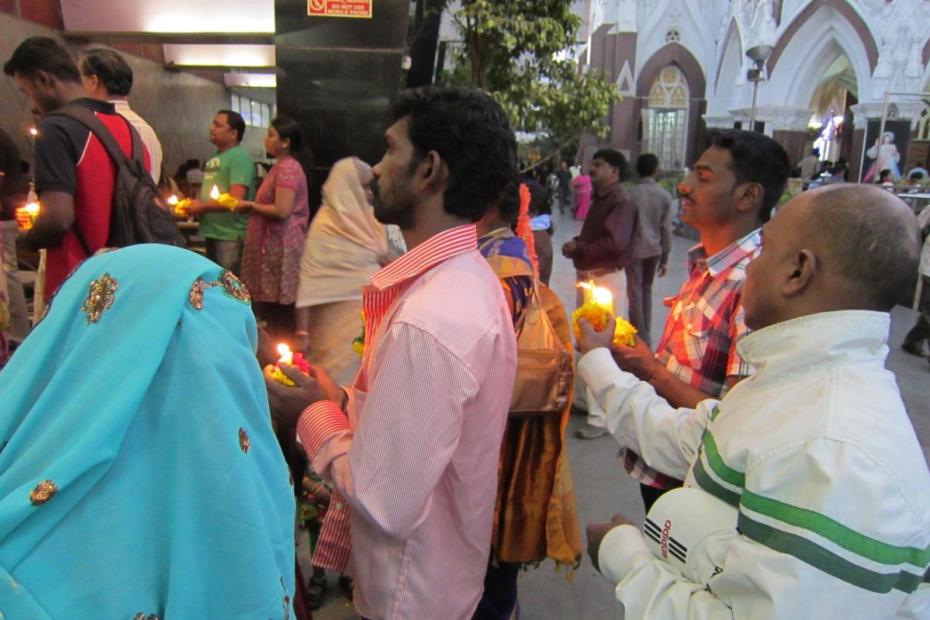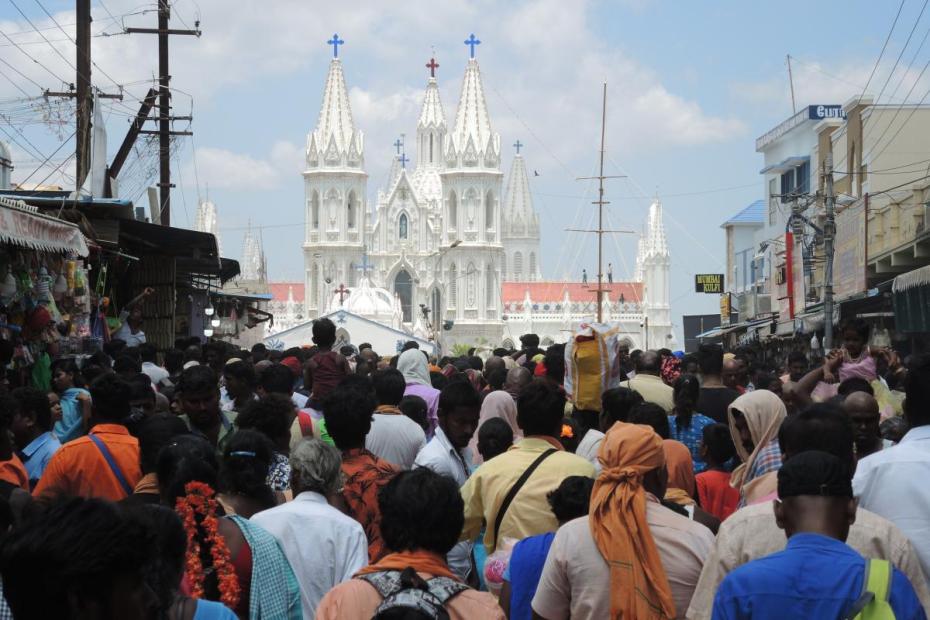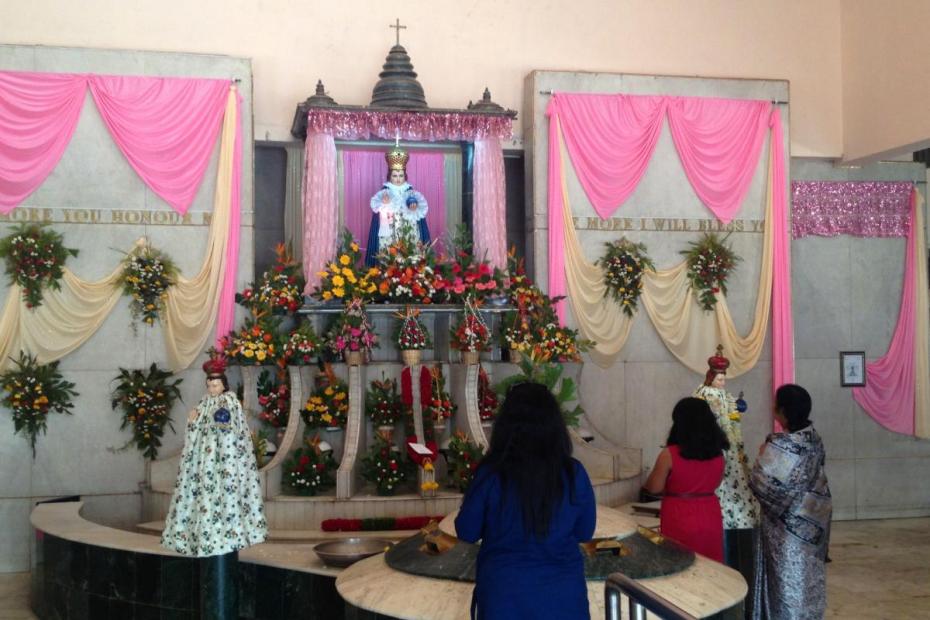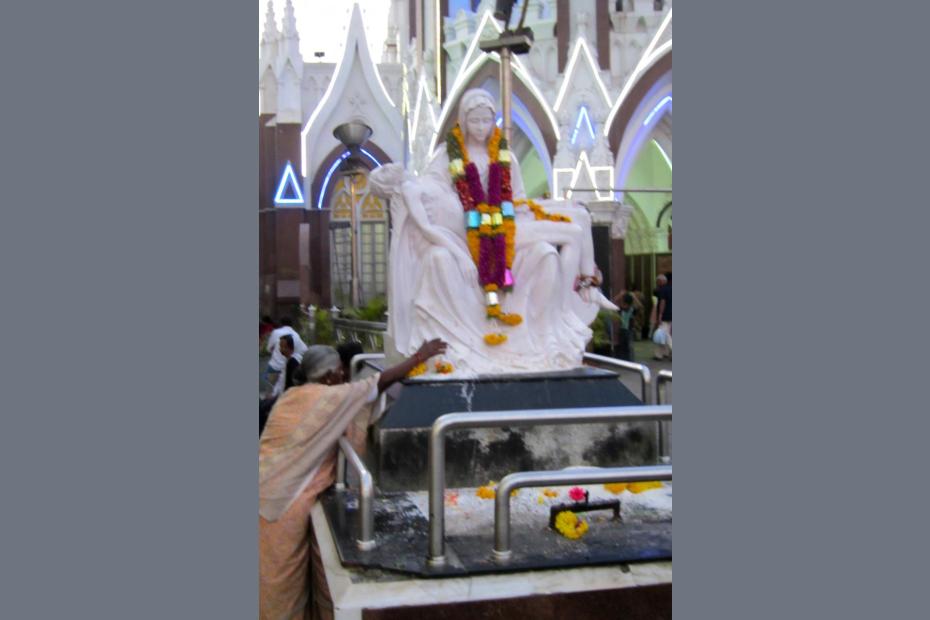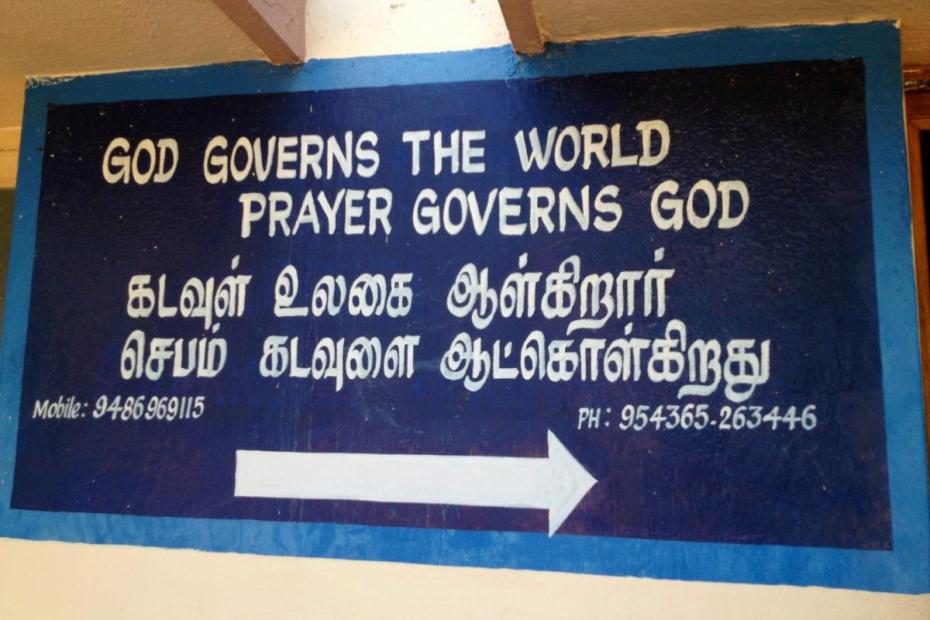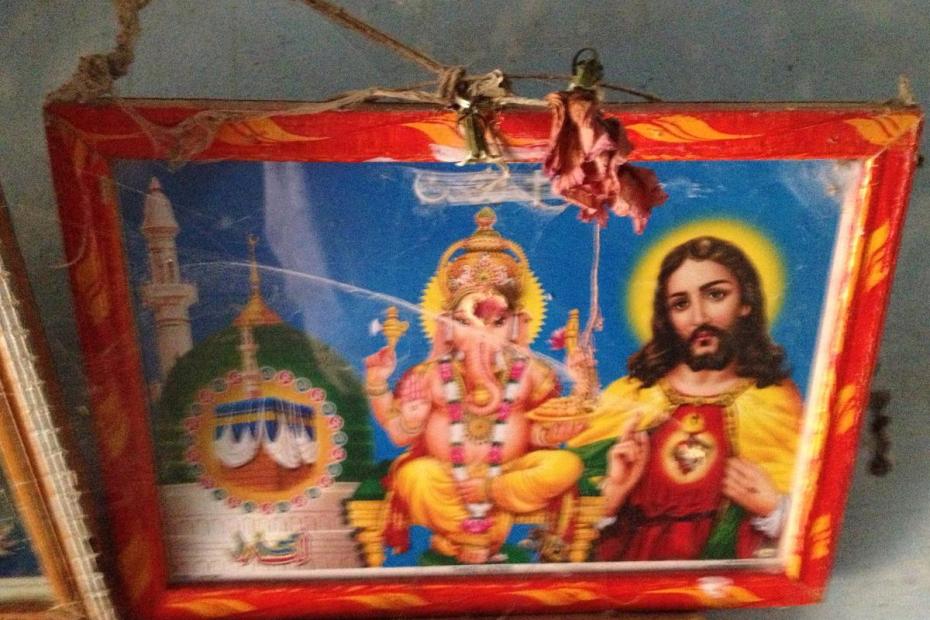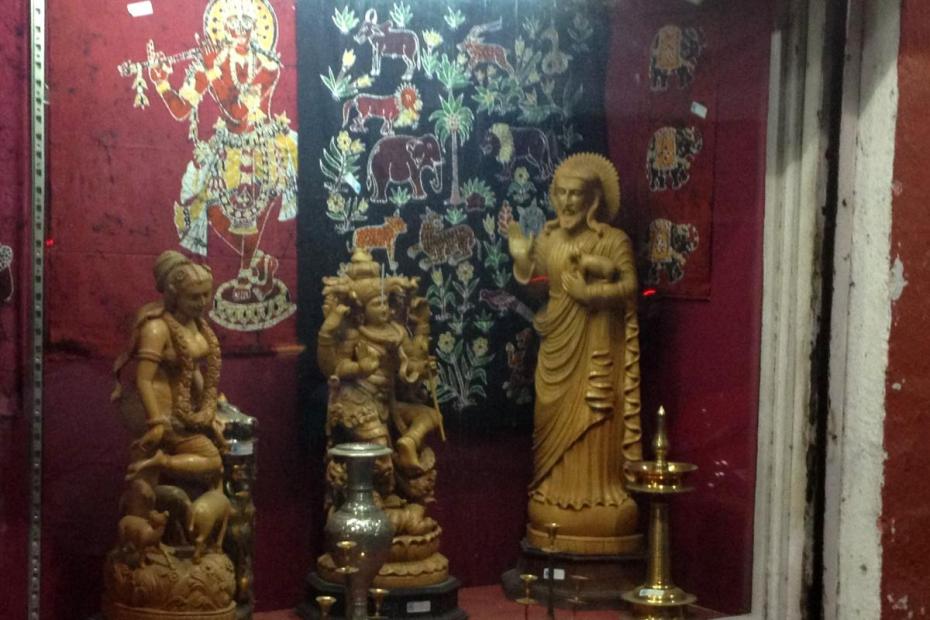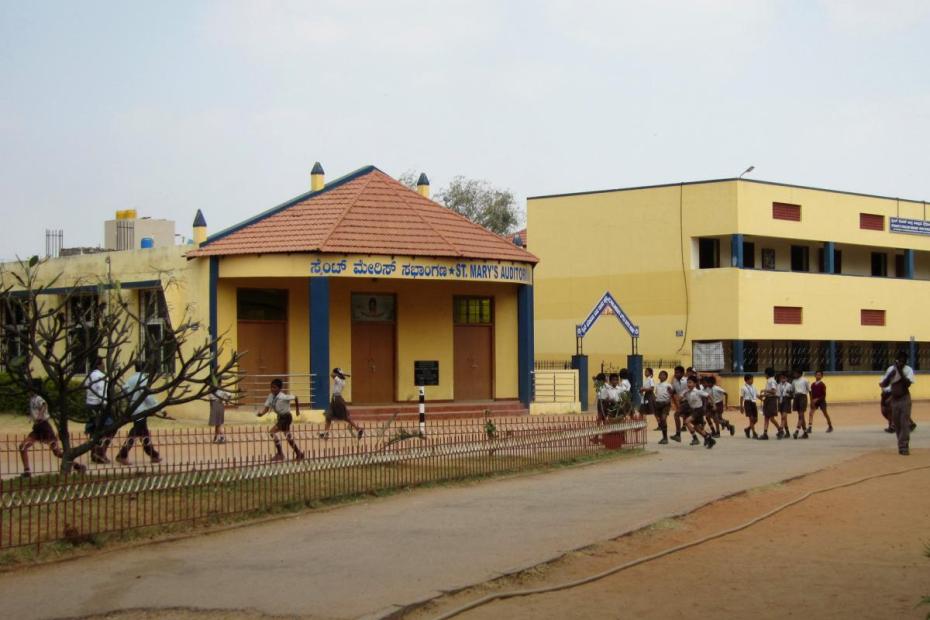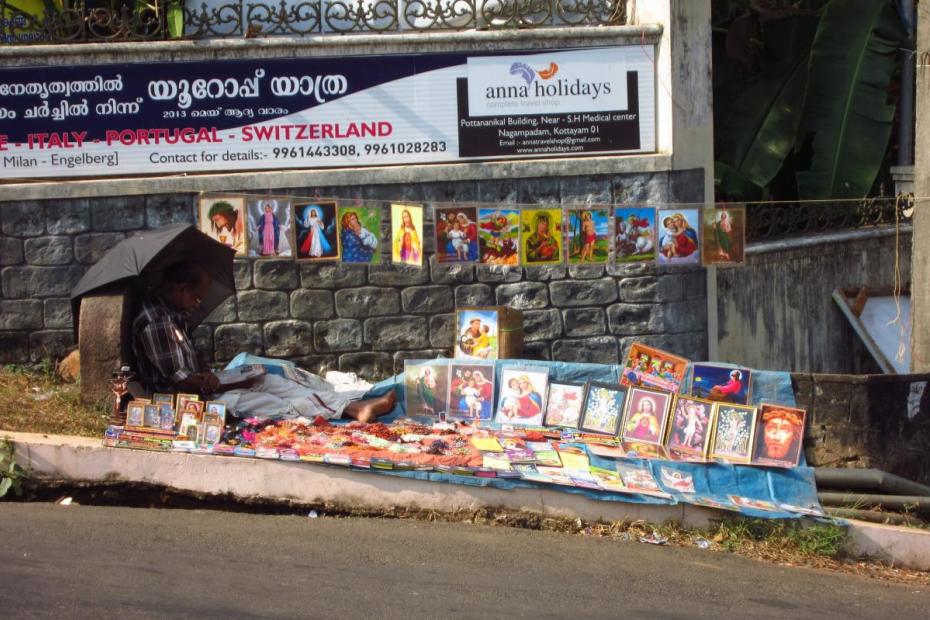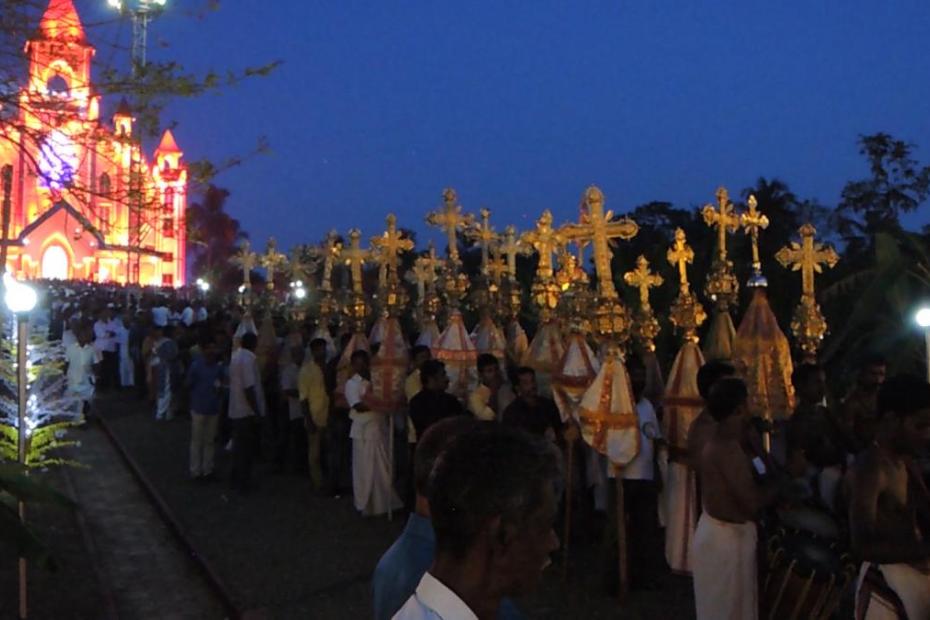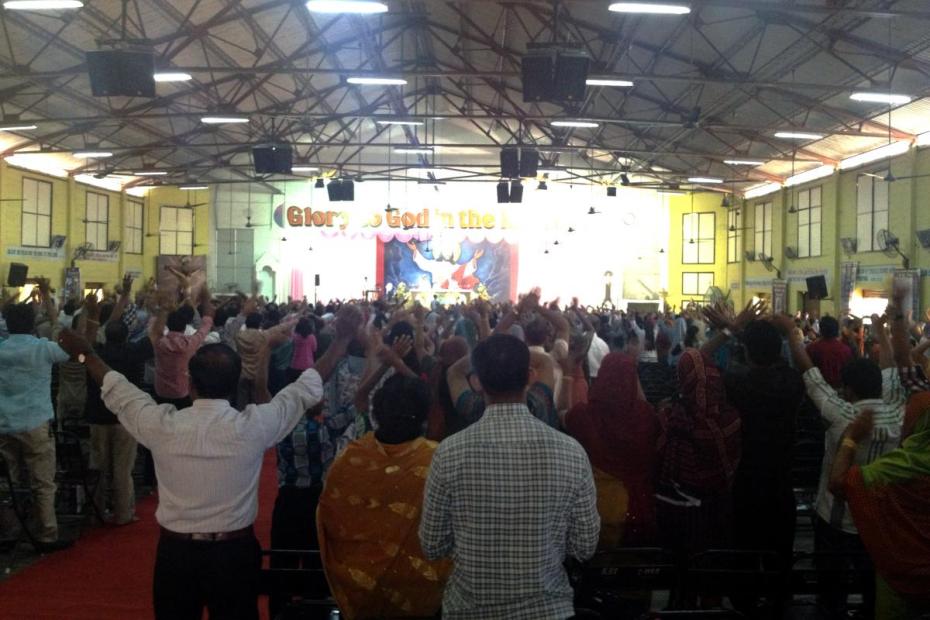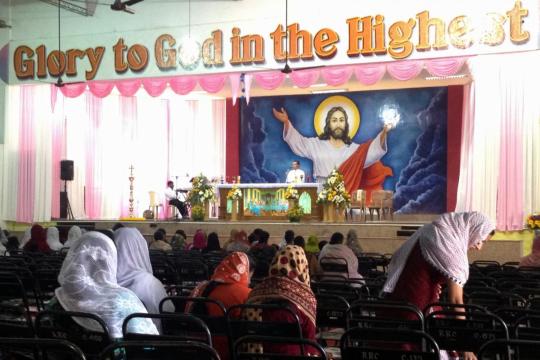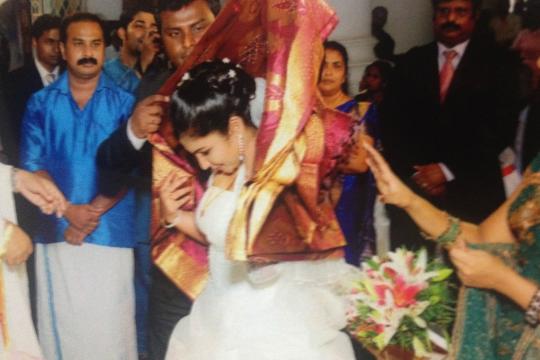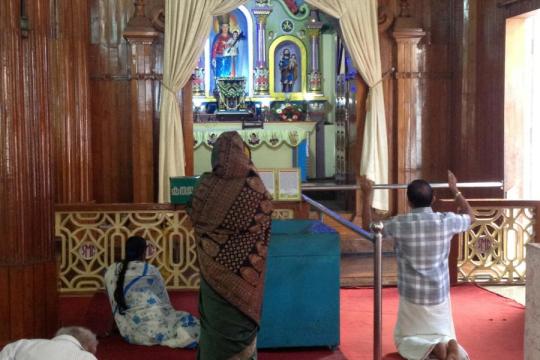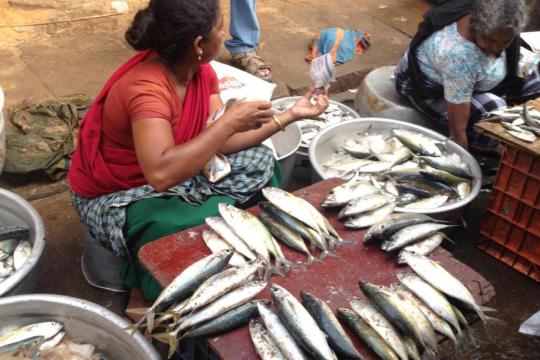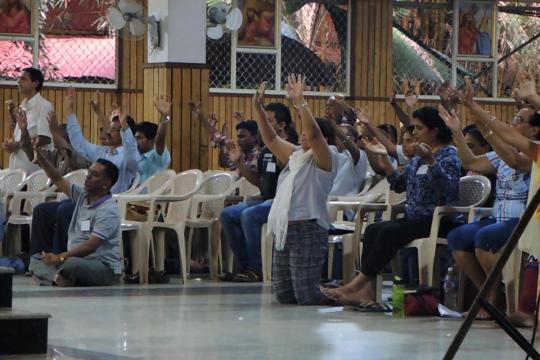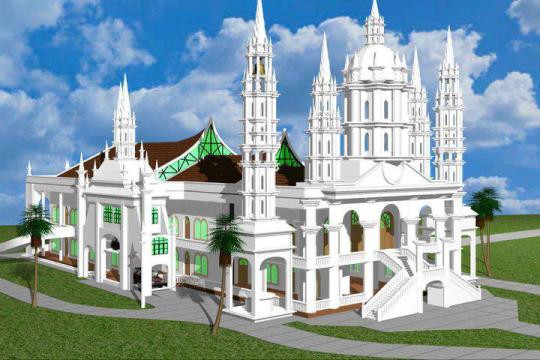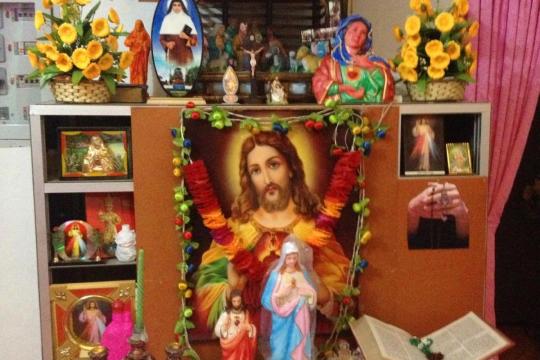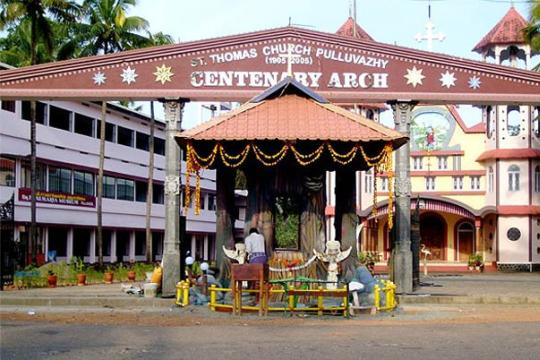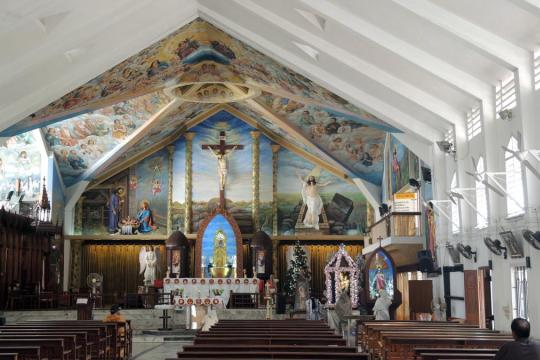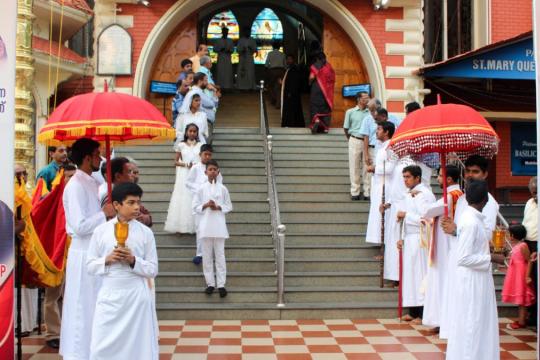India is at the same time an officially secular society and one of the most religious — indeed, most publicly religious — places on earth. Hinduism has made the most profound religious imprint on Indian society and is treated as the de facto official religion. The current government arose out of a movement that equates Hindu identity with Indian identity. Christians often report being targeted, and a number of states regularly enact laws that make Christian conversion, and the work of Catholic institutions, difficult. Nonetheless, India is tremendously pluralistic. There are significant numbers of Muslims in India, even after partition, as well as Christians, Buddhists, Sikhs and Jains.
India as we know it is a union of diverse political and cultural forces. India's birth as a nation-state in 1947 united more than 500 princely states. Goa, the state with the highest proportion of Catholics, was not annexed until 1961. Indians often still describe their country as radically diverse from a cultural perspective. The American scholar Diana Eck describes India as "a civilization in which cultures have mingled."1 Sunil Khalini describes India as "a contingent and fragile conjunction of interlinked, sometimes irritable cultures."2
In contrast to many western countries that privatize and interiorize religion in order to cope with religious pluralism, radically pluralistic India puts religion very much in public view, in vivid color for all to see.3
Catholicism in India is characterized by intense devotional practice that draws from Hindu, Syrian, colonial Portuguese and contemporary Catholic practices. The connections between Indian Catholicism and the rest of Indian culture are often on display, and at times the boundaries between these practices can seem thin, but what David Mosse observed among Tamil Catholics seems more broadly applicable: "Christianity [is] not merely a 'thin veil' over an underlying autochthonous South Indian 'folk religion.'" It has its own independent and synthetic identity.4
India, in its cities at least, is a powerhouse in technological and computing fields, but at the same time, Indian religion is not similarly rationalized or abstracted. For Catholics as much as Hindus, religious power is taken to be very present and touchable in material realities like statues, water, oil, and candles. Miracles and divine intervention are taken to be commonplace in Indian society. Devotion is extremely important to Indian Catholics, as for other Indians, often taking the form of public offerings for supplication or thanksgiving. Roadside shrines are omnipresent in areas with any Christian population, and devotions there play an especially important role in Indian Catholicism. Whereas European devotions often focused on the combination of ritual prayers with action, what one scholar notes about a site in Chennai seems to be true elsewhere in India: "for the majority of these Indian pilgrims, what matters most is not a fixed formula of verbal petitioning as in much European popular devotion, but the completion of some concrete ritual action."5
The flip side of that strong belief in miracles is a complementary, sometimes pernicious sense of the capriciousness of life. When asked about government and society, people speak of a sense of their own smallness below a big system beyond their control.6 This may be a reason why, as some Indian Catholics noted in interviews, Indian Catholics are much more likely to emphasize charity for the poor, rather than to advocate for social justice. Indians also complained that bribery is too often necessary to make anything happen.7 Those who bribe can get away with much, and power is rarely if ever accountable. Several Indians interviewed for this project suggested that religion in India often reflects that reality, such that it can too often be a matter of offering a bribe to a deity in exchange for some hoped-for action.
The 24 million Christians in India total just 2.3% of the population, and are primarily concentrated in the south, notably in states like Goa, which is 26% Christian; Kerala, which is 18.6% Christian; and Tamil Nadu, which is 6% Christian.8 In Southern India, the Christian population is stable since the 1960s, with relatively few conversions. In tribal areas there are also significant numbers of Christians, and the numbers there are growing. The vast majority of the populations of the Northeast states of Meghalaya, Mizoram, and Nagaland are Christian (more often Protestant than Catholic). Today about half of Indian Christians live outside the historic southern Indian centers of Christianity.9 “Catholics form the largest Christian group in India, nearly half the Christian population. Another 40 percent are Protestants, while 7 percent are Orthodox Christians and 6 percent belong to Indigenous sects.”10
Though Catholicism is very much a minority religion, it is quite visible in many cities. Catholic schools, hospitals, and colleges are widely revered in India, sought after by Hindus, Muslims and Christians alike. “Christian communities run 20 percent of the private educational institutions and more than 30 percent of the private medical services in the country.”11 A visitor driving around parts of Bengaluru, on seeing so many signs for Catholic schools and institutions, might mistakenly conclude that the city had a large Catholic population. Indian Catholicism is highly clericalized, with a large and influential population of priests, sisters and brothers who run these Catholic institutions. Sisters are almost always seen in habit, though priests may or may not be seen in clerics or soutine.
There have been significant political efforts by Hindu nationalists to marginalize Catholicism as "foreign."12 In parts of the South and Northeast, however, Catholicism is more a part of the social, religious and political order. Catholicism's ancient history in South India is relied upon to cement that claim.
Despite political polemics in contemporary India over Catholicism's place in the country, one remarkable aspect of Catholic life is the huge number of Hindu (and some Muslim) believers who flock to Catholic shrines. Seventy percent of the visitors at Velankanni, the huge southern shrine, are said to be non-Christian. In the north, a growing number of Khrist Bhaktas maintain Hindu identities but participate consciously in Catholic devotion towards Jesus.
Indian Christians commonly trace their origins to the Apostle Thomas, who is said to have arrived in India in 52 AD, to have built seven churches in southern India, and to have been martyred in India in 72 AD. Waves of European missionaries, beginning under Portuguese rule in the 16th century, shaped the dynamics of Indian Catholicism today. Portuguese Catholicism particularly shaped Catholic life in Goa, Kerala, Tamil Nadu, and parts of Karnataka. A number of Protestant churches evangelized under the British rule, and Pentecostalist Christianity has made its presence felt in recent years, though not to the extent it has in many other countries.
Indian Catholics belong to three churches within the Catholic Church. Latin rite Catholics (so named because they use the Roman rite and governance, not for any use of Latin today) trace their origins to the missionary work of St. Francis Xavier from 1542-45. Two “oriental” Catholic churches — the Syro-Malabar and the Syro-Malankara — trace their origins to the travels of the Apostle Thomas.13 Each of these churches has its own hierarchy, in overlapping jurisdictions, under the authority of the pope. Catholics in any of these rites may receive communion in each other’s liturgies, though people tend to stay in the rite they were born into.
Read more
"Indian Catholicism: Interventions & Imaginings," Journal of Global Catholicism, Volume I, Issue I (2016)
- 1Diana Eck, India, A Sacred Geography (New York: Harmony, 2012), 44.
- 2 The Idea of India (New York: Farrar, Strauss and Giroux, 1997), 194, as cited in Eck, 44.
- 3 A Times of India article, "Hijab row: 5 charts show how prevalent religious clothing is in India" (Feb. 22, 2022) goes so far as to say, "a majority of Indians flaunt diverse religious symbols" and cites among other things a Pew report that 61 percent of Christians in India, and majorities of Hindus and Muslims, wear a religious pendant. The article also pointed out that about one in five Christian women in India wear a head covering and a bindi, practices whose meaning is linked to contemporary, Hindu, not Catholic practice.
- 4 Mosse, indeed, had borrowed that observation from a scholar of Sri Lankan Tamil Catholicism: R. L. Stirrat, "Conclusion" in Power and Religiosity in a Post-colonial Setting: Sinhala Catholics in Contemporary Sri Lanka. (Cambridge: Cambridge UP, 1992), 196. As cited in David Mosse. "Introduction" in The Saint in the Banyan Tree: Christianity and Caste Society in India. (Berkeley: University of California, 2012), 16.
- 5Patricia Raeann Johnston, "The Church on Armenian Street: Capuchin Friars, The British East India Company, and the Second Church of Colonial Madras" (PhD diss., University of Iowa, 2015), 104.
- 6Parts of this site are based on interviews with Indian Catholics in Karnataka, Tamil Nadu, and Kerala in January 2013.
- 7Comments based on interviews in Southern India in January 2013. For one effort to fight back against the culture of bribery, see ipaidabribe.com.
- 82011 Census of India.
- 9K. C. Zachariah, Syrian Christians of Kerala: Demographic and Socio-Economic Transition in the Twentieth Century. (India: Hyderabad Orient Longman Private Limited, 2006), 113-130.
- 10Rowena Robinson, "Introduction: From Periphery to Center" in Christians of India. (New Delhi: Sage Publications, 2003), 28.
- 11K. C. Zachariah, Syrian Christians of Kerala: Demographic and Socio-Economic Transition in the Twentieth Century. (India: Hyderabad Orient Longman Private Limited, 2006), 108.
- 12David Mosse, "A Return Visit to Alapuram: Religion and Caste in the 2000s" in The Saint in the Banyan Tree: Christianity and Caste Society in India. (Berkeley: University of California, 2012), 233-36. ; Mathew N. Schmalz, "The Indian Church: Catholicism and Indian Nationhood." in The Catholic Church and the Nation-State: Comparative Perspectives, ed. Paul C. Manuel, Lawrence C. Reardon, and Clyde Wilcox. (Washington, D.C.: Georgetown UP, 2006), 209-25.
- 13There are also numerous Syriac Orthodox, Jacobite, and Protestant Christians, descendants of the same tradition from the Apostle Thomas, who have not joined the Catholic Church.
